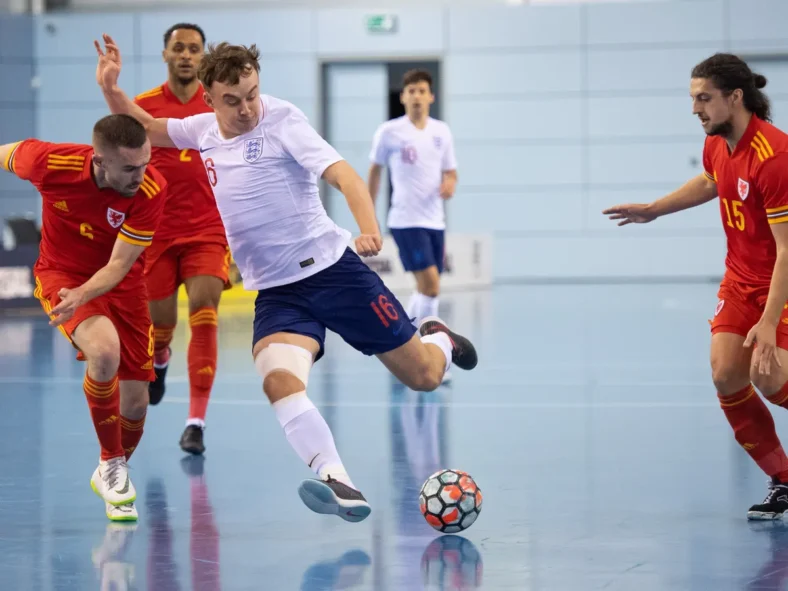Introduction
Futsal, a captivating blend of soccer and basketball, has evolved from its humble origins in the gyms of Montevideo, Uruguay. Created in 1930 by Juan Carlos Ceriani, this fast-paced indoor sport emphasizes creativity, technique, and improvisation. Let’s delve into the fascinating history, modern progress, memorable moments, and essential rules of futsal.
History: Birth and South American Sensation
Futsal emerged as an ingenious solution for confined spaces and unpredictable weather. Ceriani combined principles from soccer, basketball, water polo, and team handball to create a game accessible to all. Its appeal quickly spread across South America, particularly in Brazil, where it captured the hearts of soccer enthusiasts.
Progress in Modern Times
Global Recognition
- The FIFA Futsal World Cup, established in 1989, stands as the premier tournament in futsal, attracting teams from around the world.
- Futsal’s unique blend of precision, creativity, and pace has honed the skills of legends like Pele, Zico, Messi, and Ronaldo.
Evolution of Play
- Modern futsal emphasizes high tempo, all-round player abilities, and fluid position interchange.
- Players thrive in the fast, dynamic environment, showcasing their ball control, passing, and decision-making skills.
Global Reach
- Over 30 million people play futsal globally, with its popularity continuing to grow.
- FIFA’s endorsement and international competitions contribute to its widespread presence, including women’s futsal and professional leagues in countries like Argentina.
Historic Moments
- 1965: Paraguay wins the first international futsal competition, the South American Cup.
- 1979: Brazil dominates early international tournaments, winning six consecutive titles.
- 1985: The World Futsal Association registers the name “futsal,” resolving a dispute with FIFA over the term “fútbol”.
Essential Rules
- Court and Equipment:
- Court dimensions: 38-42m length, 20-25m width.
- Goal distance: 3m, height: 2m.
- Unique ball, no offside rule.
- Match Structure:
- Two halves of 20 minutes each, with a 15-minute halftime.
- Extra time and penalty shootouts for draws.
- Players and Substitutions:
- Five players per team (no goalkeepers).
- Up to nine substitutes allowed, with seamless substitutions during play.
Conclusion
Futsal’s journey from Montevideo’s gyms to global arenas exemplifies its enduring appeal. As players continue to dazzle with their skills, futsal remains a testament to creativity, precision, and the joy of the beautiful game.
Remember, whether you’re a beginner or an experienced player, futsal invites you to embrace its dynamic spirit and write your own chapter in its remarkable history. 🌟

Leave a Reply